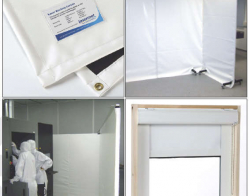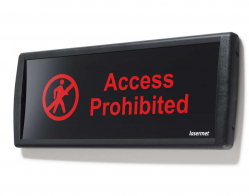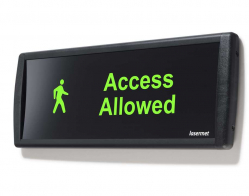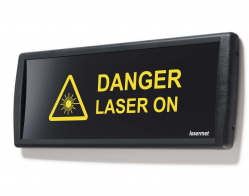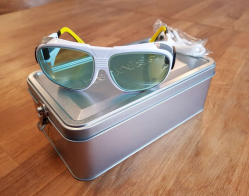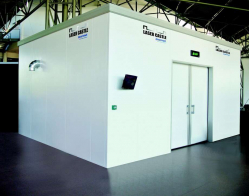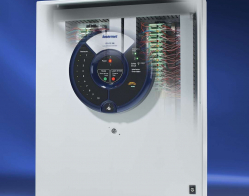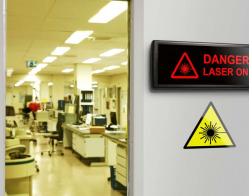LMI offers solutions to ensure that the work environment meets current standards and directives.
Laser safety has long been overlooked. It is being improved and the rules are being tightened all the time.
Laser as a processing technology in all possible industrial segments is today perhaps one of the fastest growing technologies in the industry. We at LMI AB have been involved since the childhood of the laser and have a deep insight into all the pros and cons of laser technology. By cons we mean the safety around the laser cell/machine. Unfortunately, this is an area that is often overlooked. This despite the obvious risks associated with the use of high-power lasers in industry.
Today, there are regulations and rules for how to safely handle laser radiation. Wherever lasers are used professionally, safety is required to meet statutory requirements according to the Swedish Work Environment Authority's collection of statutes AFS 2009:7
As a pure laser company, we naturally want to contribute to ensuring that safety is complied with. For several years now, LMI has been a partner of Lasermet Ltd., a world leader in both industrial and medical lasers.
